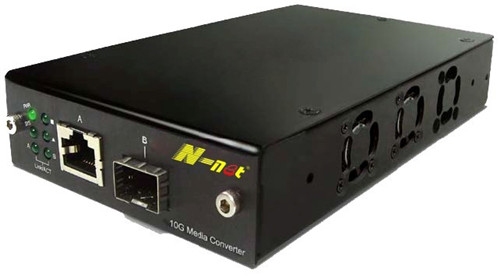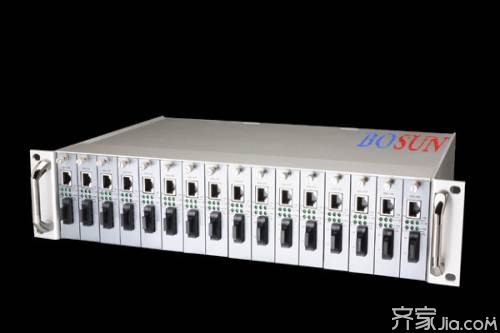[Single-mode fiber introduction]

     The single-mode fiber has a core diameter of 10 micron, which allows single-mode beam transmission, which can reduce the bandwidth and the limitation of mode dispersion. However, since the single-mode fiber core diameter is too small, it is difficult to control beam transmission, so it needs to be extremely high. Expensive lasers are used as light source bodies. The main limitation of single-mode optical cables is the dispersion of materials. Single-mode optical fiber cables mainly use lasers to obtain high-frequency bandwidth. Since LEDs emit a large number of light sources with different bandwidths, the dispersion requirements of materials are very important.
Single-mode fiber can support longer transmission distance than multi-mode fiber. In 100Mbps Ethernet and even 1G gigabit network, single-mode fiber can support transmission distances exceeding 5000m.
From the cost point of view, since the optical transceiver is very expensive, the cost of using the single-mode optical fiber is higher than the cost of the multi-mode optical fiber cable.
     [Single-mode fiber transmission distance]
     When the 1310nm wavelength light is transmitted over the G.652 fiber, the attenuation factor is determined by the transmission distance limit; because at 1310nm wavelength, the material dispersion and the structural dispersion of the optical fiber cancel each other and the total dispersion is 0, and there is a tiny wavelength at 1310nm. The amplitude of the optical signal enables broadband transmission.

     When the 1550nm wavelength light is transmitted on the G.652 fiber, the attenuation factor is very small. Simply considering the attenuation factor, the distance of the 1550nm wavelength light transmitted at the same optical power is greater than the distance of the 1310nm wavelength light, but the actual situation. Not so, the relationship between the bandwidth B of the single-mode fiber and the dispersion factor D is: B=132.5/(Dl*D*L)GHz
     Where L is the length of the fiber and Dl is the spectral line width. For a 1550 nm wavelength light, the dispersion factor is 20 ps/(nm.km) as in Table 3, assuming a spectral width equal to 1 nm and a transmission distance of L=50 km. Yes: B=132.5/(D*L)GHz=132.5MHz
     [How Single Mode Fiber Works]
     Since the core of the optical fiber is quartz glass, it is easily broken, so when the construction is bent, the minimum bending radius must not be exceeded. Second, the tensile strength of the optical fiber is smaller than that of the cable, so it is not allowed to exceed the tensile strength of various types of optical cables when operating the optical cable. After the cable is laid, the optical cables are bundled together in the equipment room and the floor wiring room before the optical fiber connection is made. Modular connections can be established using fiber termination devices (OUT), fiber optic couplers, and fiber optic connector panels. After the laying of the optical cable is completed and the interconnection module is established at the proper position, the optical fiber connector can be added to the end of the optical fiber and the optical fiber connection can be established.

     Xiaobian epilogue: The above introduced the single-mode optical fiber transmission distance , I hope to be helpful to everyone. For more information on single-mode optical fiber transmission distance , please continue to pay attention to the information platform of this website. Follow-up will present more exciting content for everyone.
Construction and installation of fiber optic cable construction primer how to avoid the decoration of the contract pitfalls construction knowledge
The xunda Heat Shrinkable Sleeve is a radiation cross linked sleeve designed for corrosion protection of straight pipes, fittings, bends, elbows and other irregular configurations. When heated the backing layer shrinks and the adhesive flows and forms a reliable corrosion protection seal onto metal and adjacent coating surfaces.
The Epoxy Primer should applied to the prepared pipe surface then heat shrink sleeve is immediately wrapped around the joint over the wet epoxy primer.
The pipeline heat shrink sleeve consists of three layers, primer layer, adhesive layer, film backing.
Primer: Liquid epoxy, solvent free two component.
Adhesive: High shear strength copolymer adhesive
Heat Shrinkable Sleeve
Heat Shrink Tubing,Hot Melt Sleeve,Clear Heat Shrink Tubing,Shrinkable Sleeve
Jining xunda pipe coating materials co., ltd. , https://www.pipeanticorrosion.com